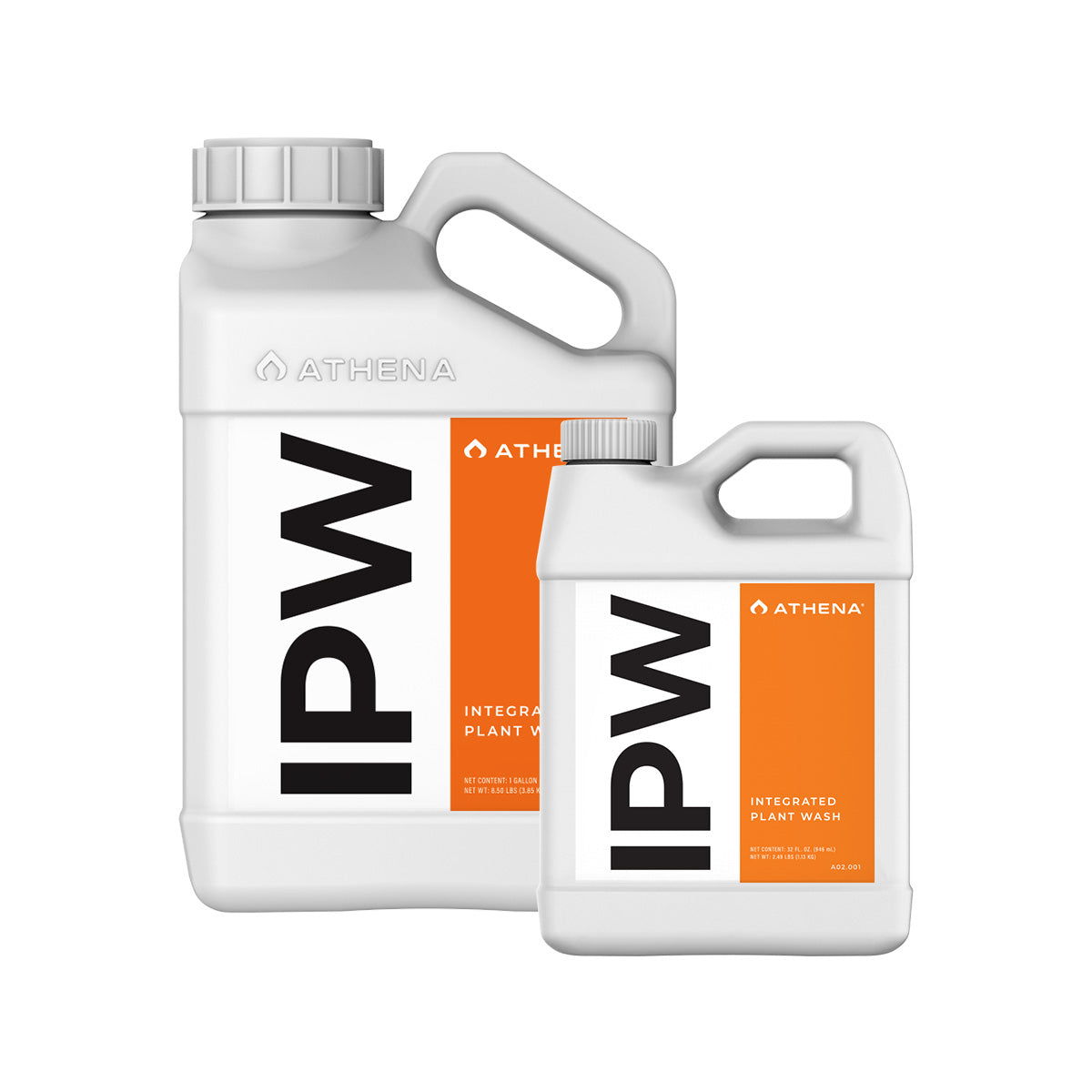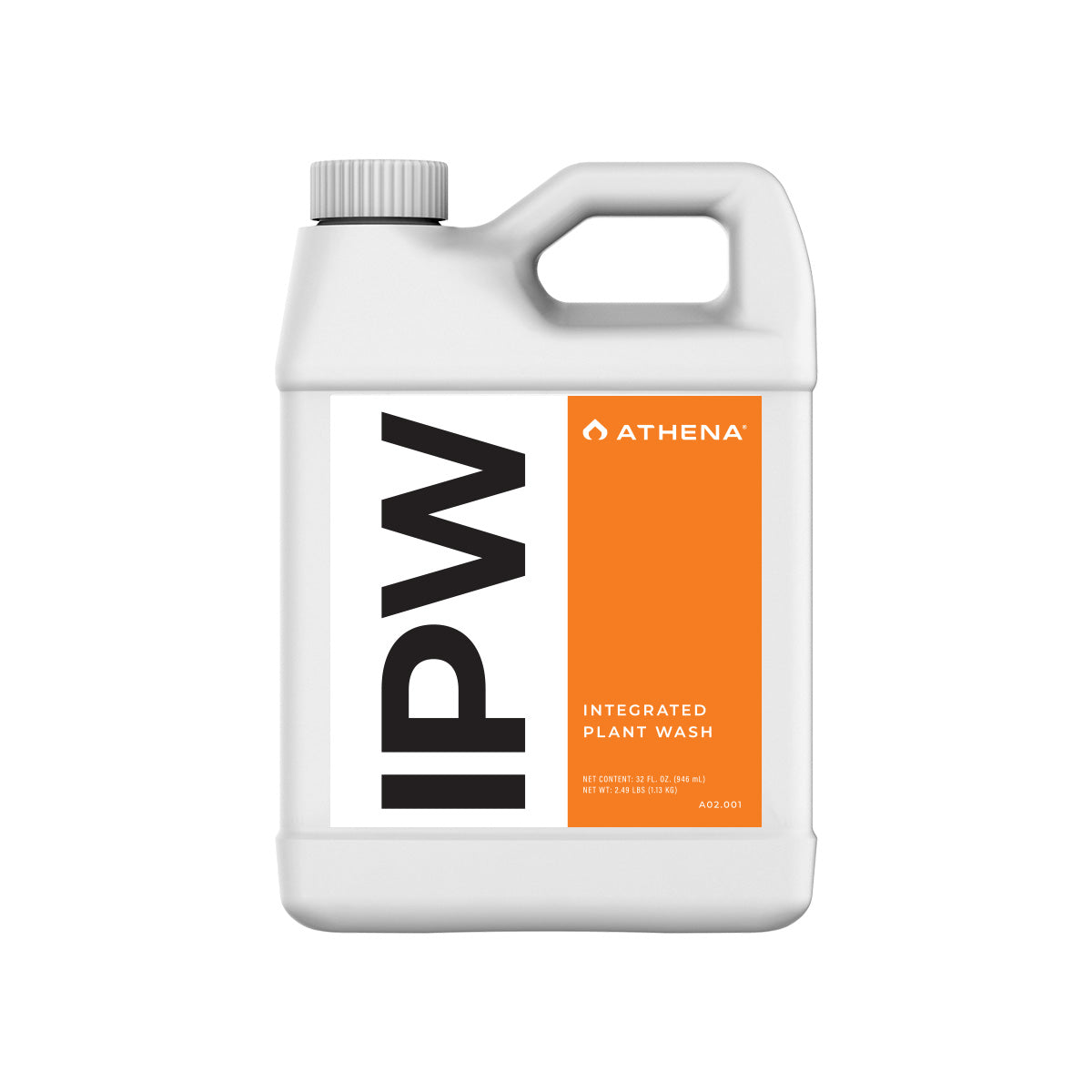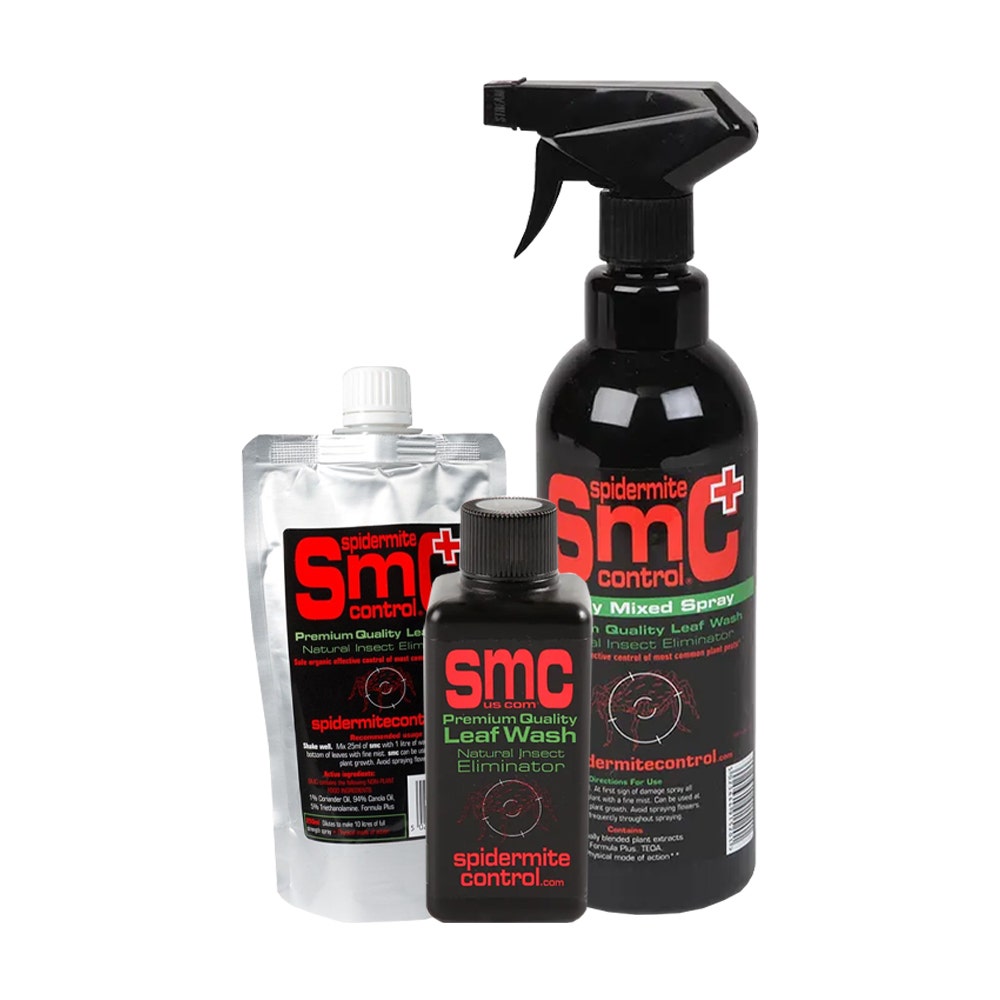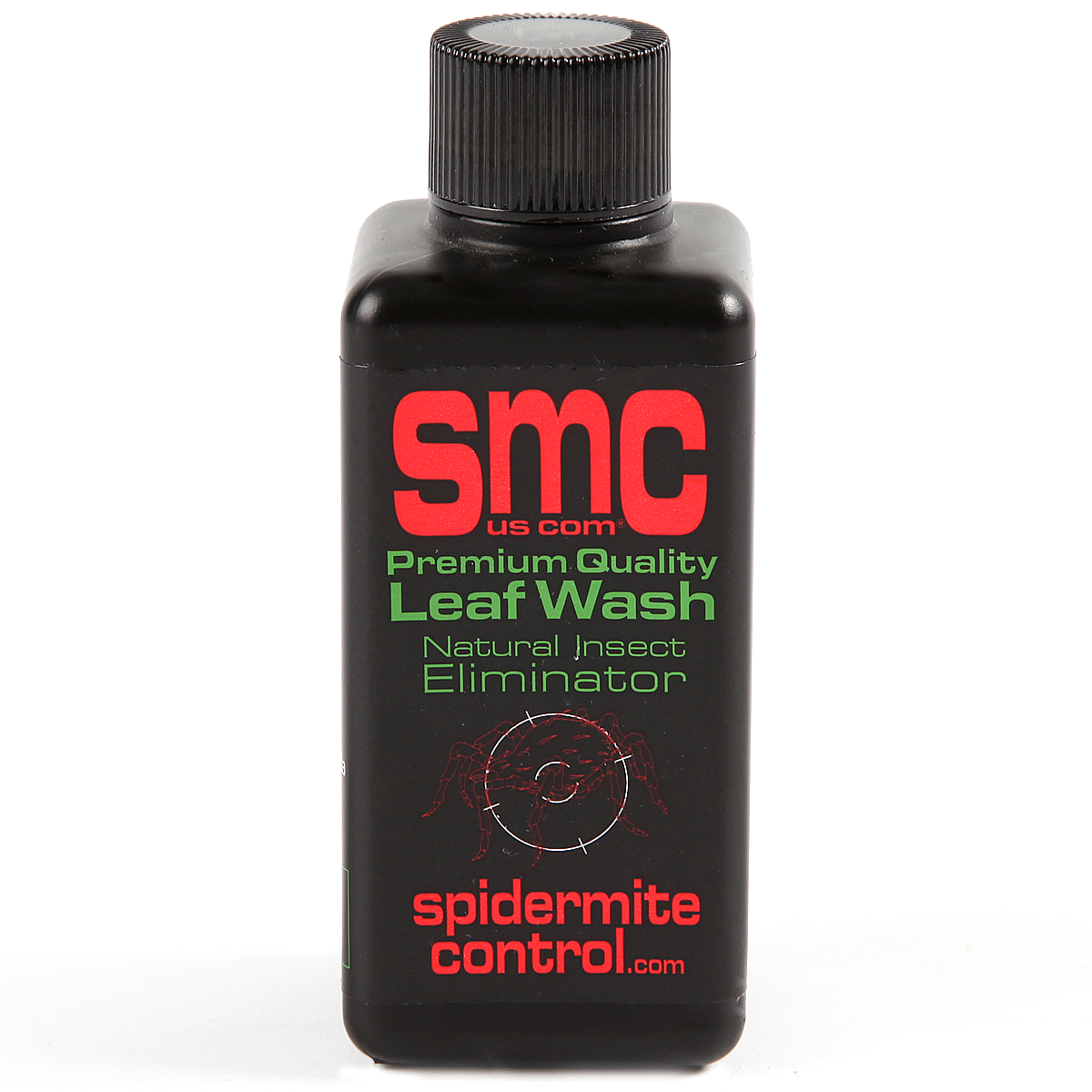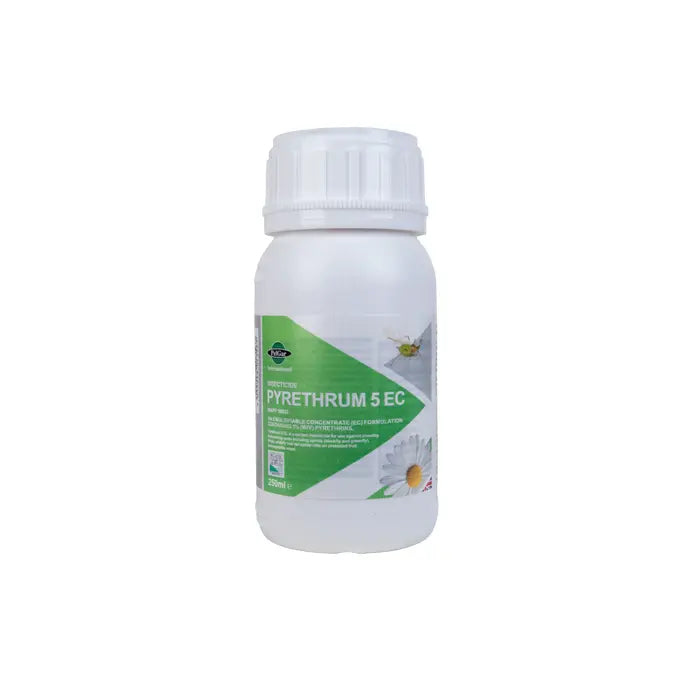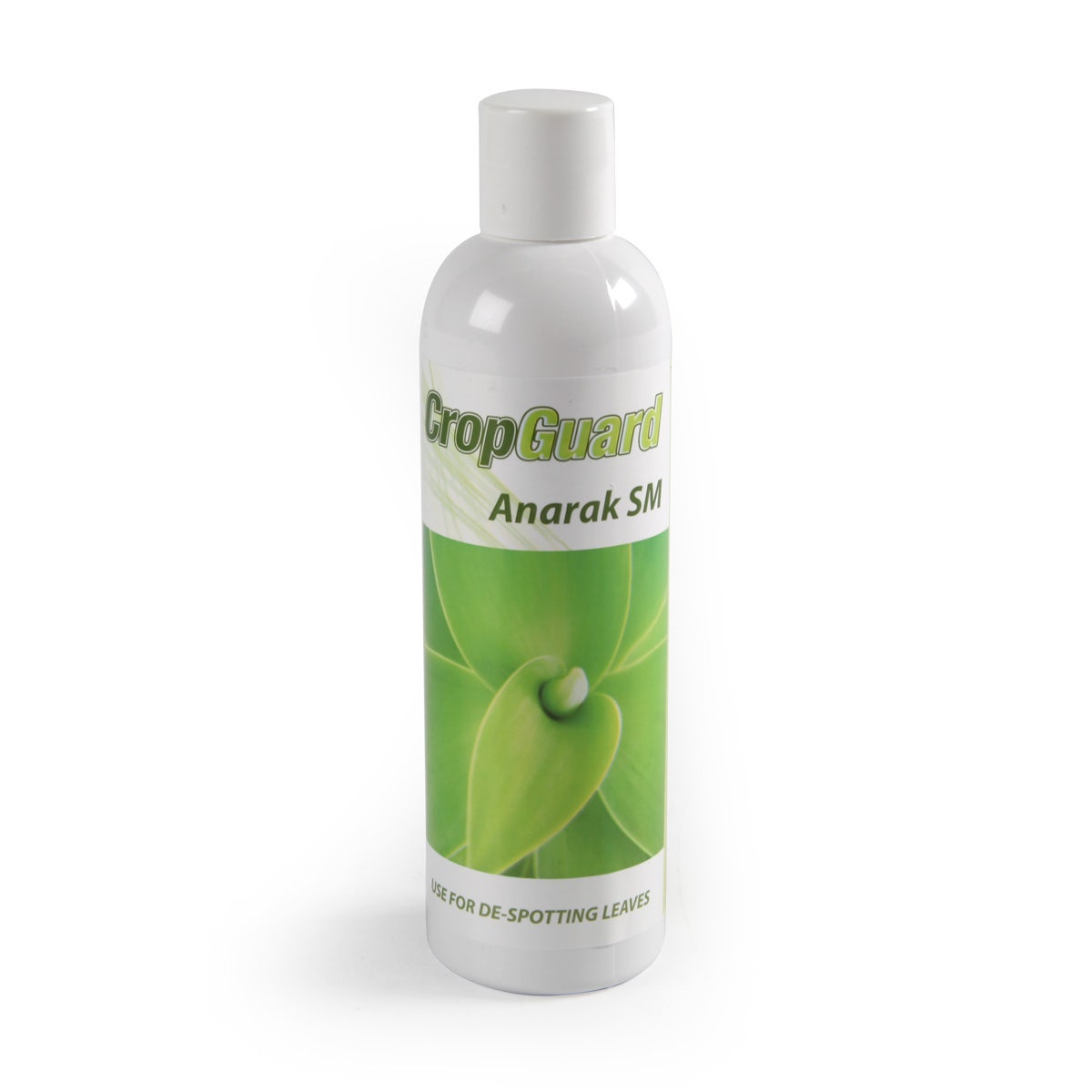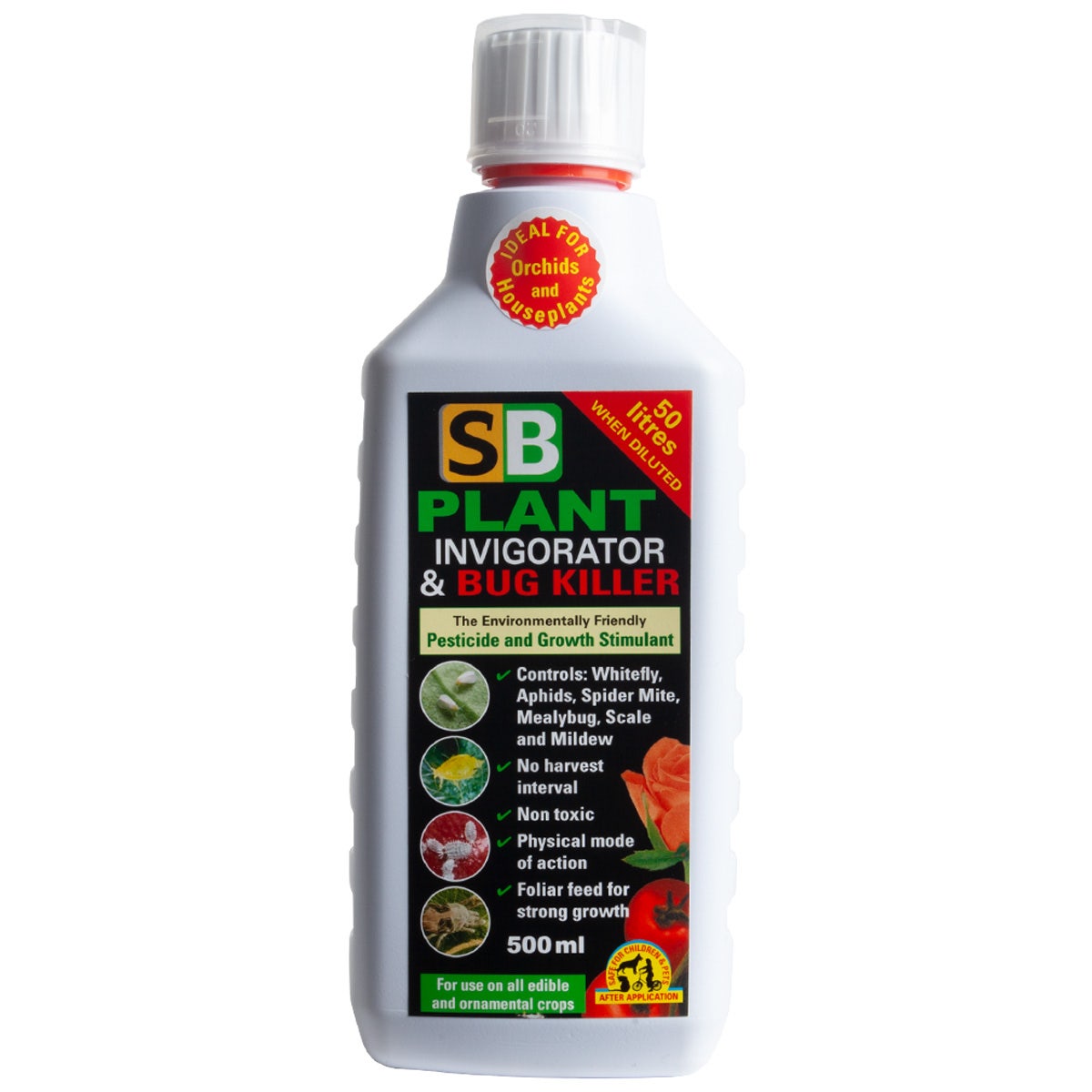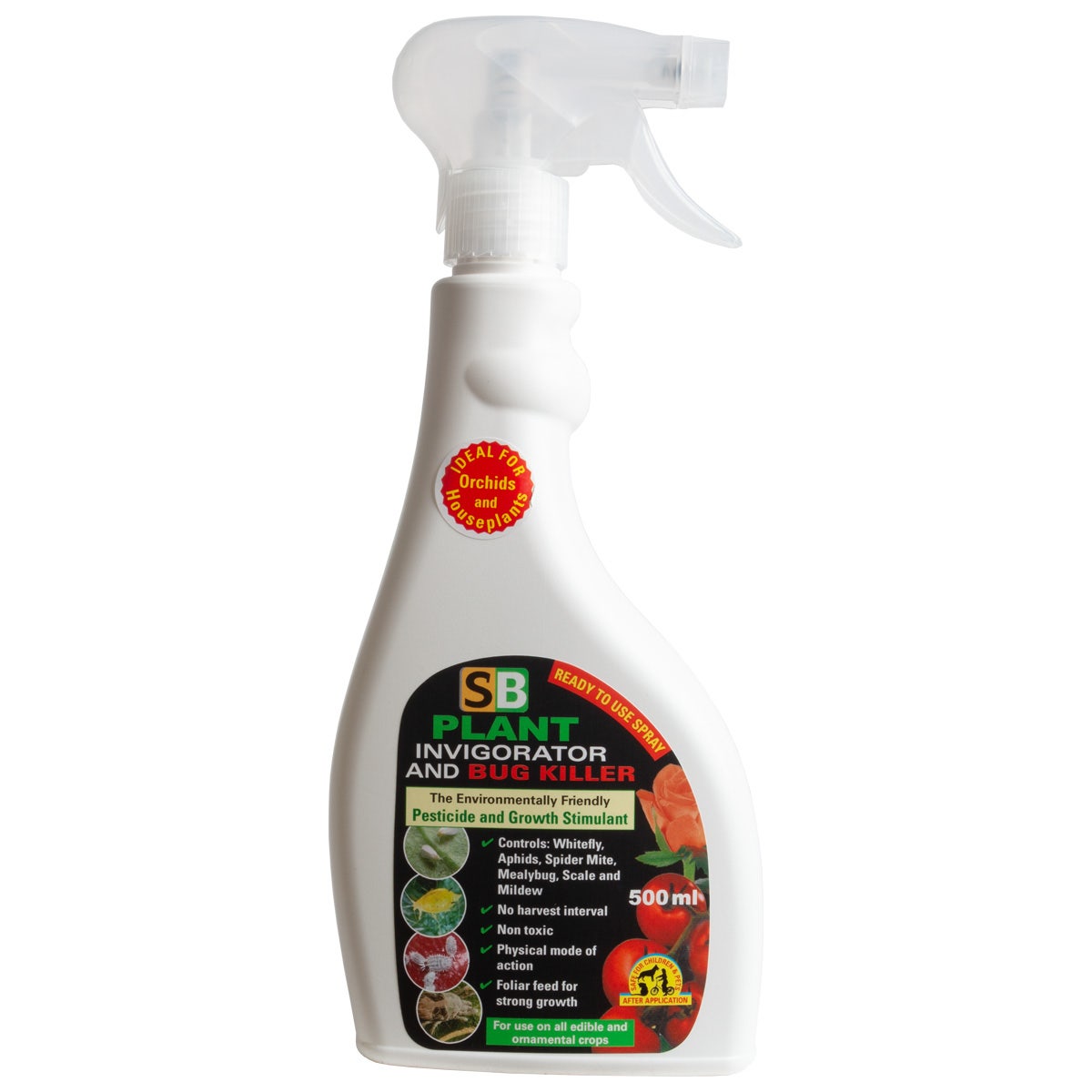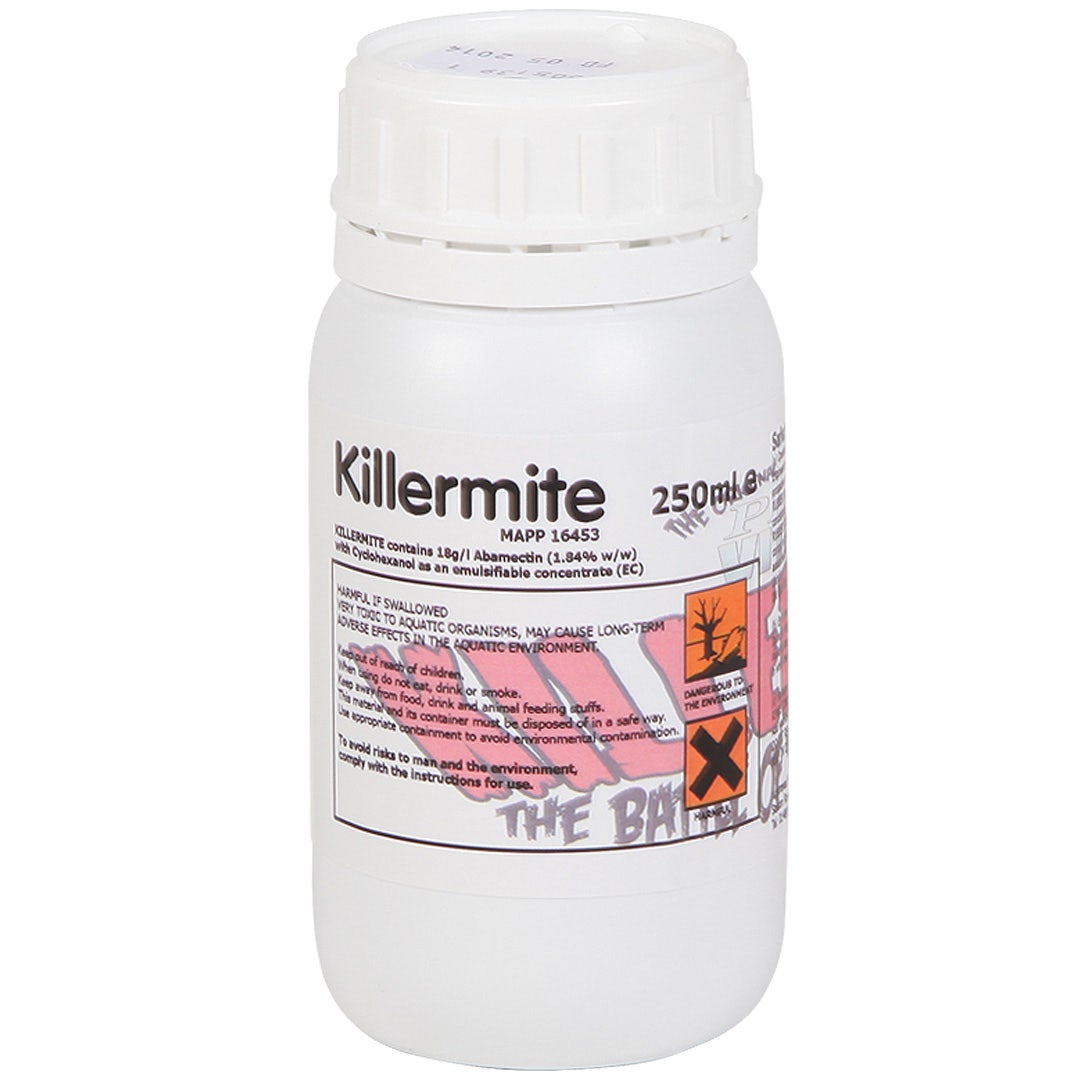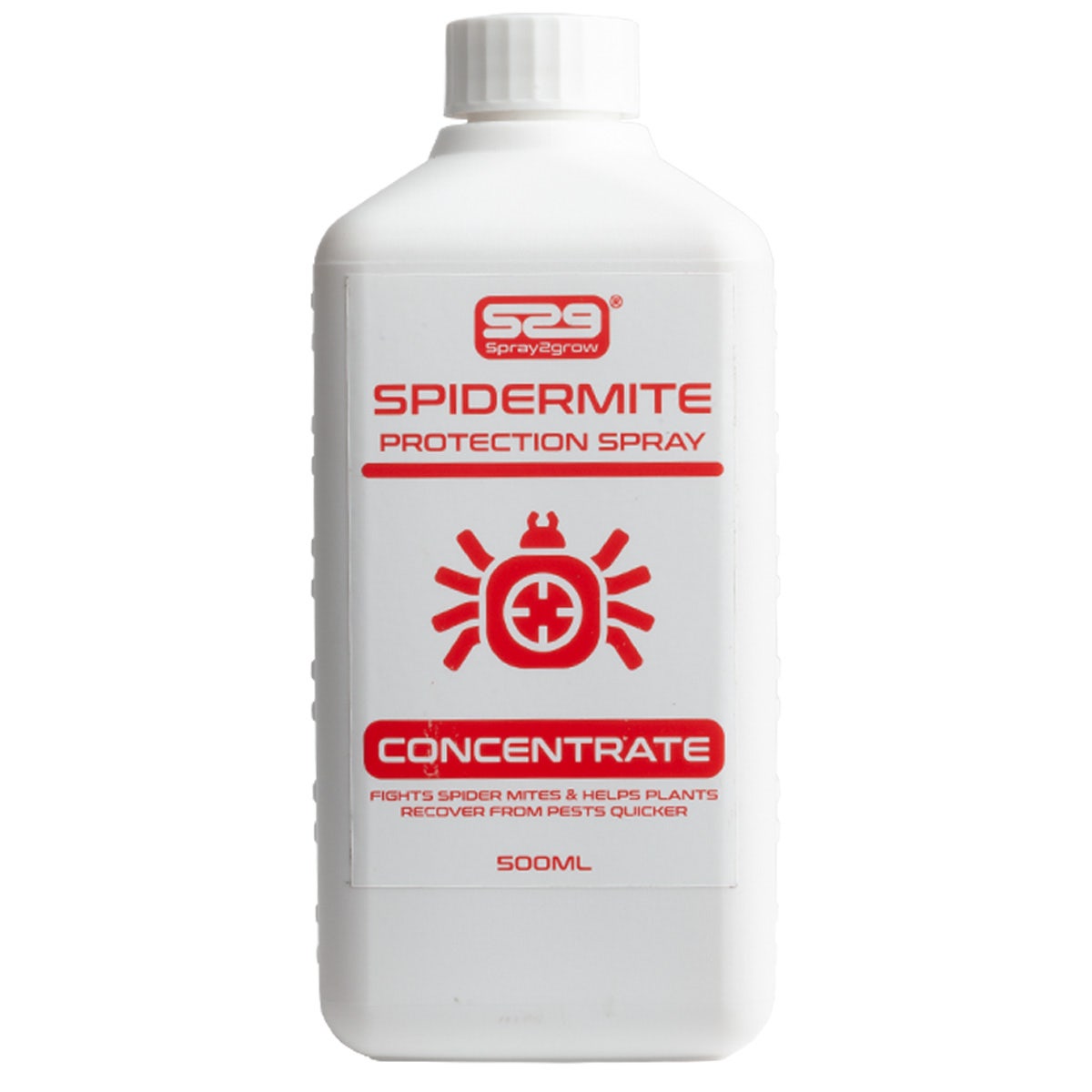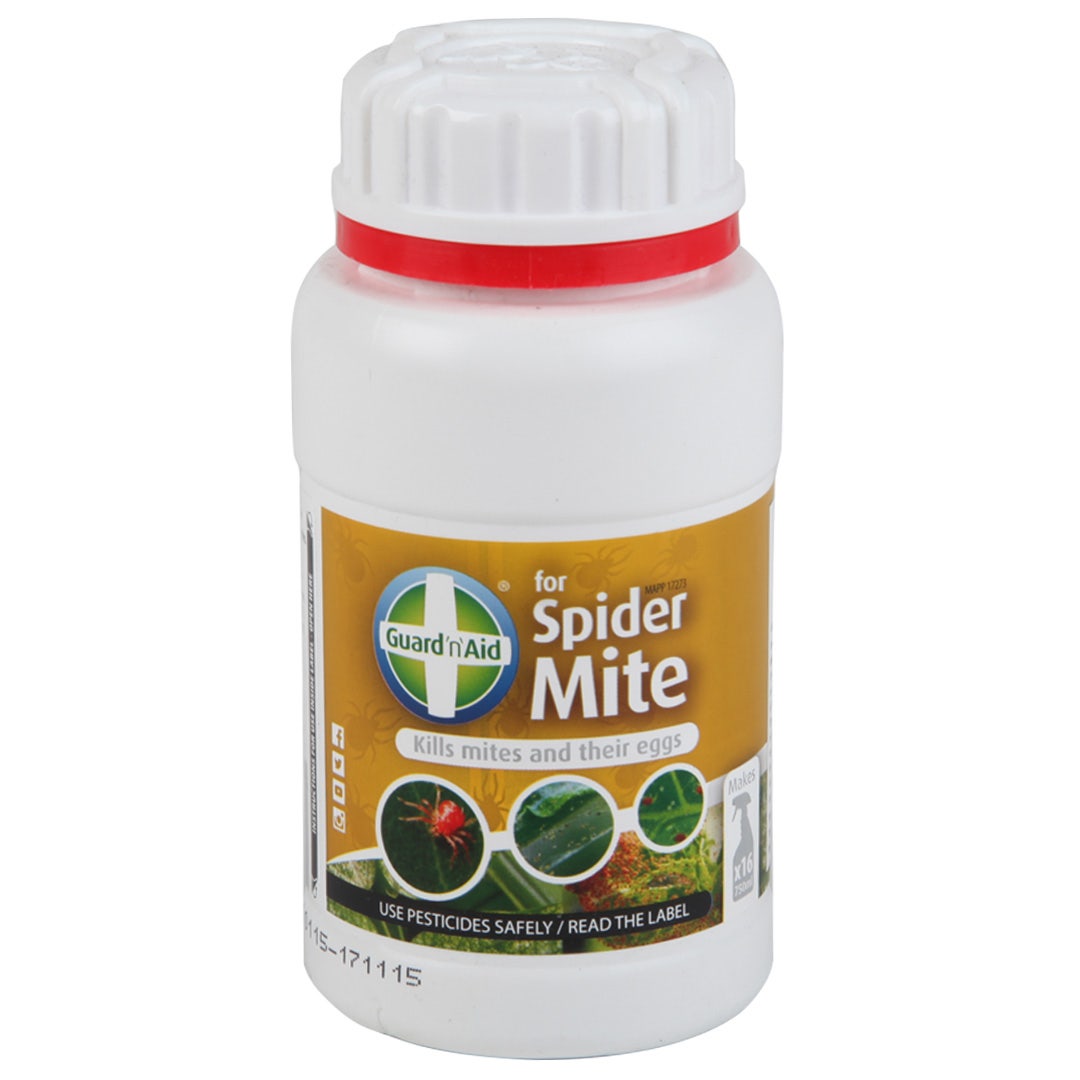Spider Mite Control
9 products
Showing 1 - 9 of 9 products
Spider mites are destructive little blighters, and they can reproduce rapidly under the right conditions, completely infesting a grow room in a matter of days. We stock a wide range of spider mite control products, from concentrates to ready-to-use sprays. It's always best to prevent an infestation in the first place. Spider Mites puncture the leaves and suck out the juice. Best practice is to use a silicon additive as part of your feeding regime to make your plant harder for them to damage, and use a product such as neem oil to inhibit an invasion in the first place
Spider mites are among the most commonly found garden pests, affecting both indoor and outdoor plants, and they are very common in greenhouses.
This species thrives in hot, dry conditions which puts many growers in the danger zone, particularly when they're aiming for lower humidity levels during the flowering phase.
Large mite populations leave a devastating trail of destruction that can trainwreck entire crops, which is why they are feared by growers of all stripes.
If left untreated, colonies of spider mites will suck the life from your plants, piercing leaves and draining their vital fluids. You'll notice layers of fine webbing forming over fruits and you'll see plants generally deteriorating, losing their health and vigour.
Spider mites are tiny and difficult to see with the naked eye, so you'll need to inspect plants very closely in order to spot them early on. If you think your plants may be infected, try holding a sheet of paper underneath them and giving them a shake. The spider mites will then fall from the undersides of leaves and show up as little specs, making them easier to identify.
If these predatory mites really take hold, and the situation progresses, leaves will start to deteriorate, causing dark spots, yellowing and curling. Spider mite damage ultimately slows down the process of photosynthesis - the driving force behind plant growth, so it needs to be dealt with as a priority.
Fortunately, we stock an array of products that will stop a spider mite infestation in its tracks, keeping your plants healthy and productive, and preserving your potential yields.
Most of these pesticides and plant washes consist of natural ingredients like fatty acids, essential oils and insecticidal soap. They usually work by blocking up spider mites' breathing holes, tackling the problem head-on. SMC Premium Leaf Wash works in this way and it's one of our most best-selling treatments.
Using neem is another popular organic method. It's often applied as a foliar oil treatment in the aforementioned way, but it can also work as a powerful repellent for an array of pests. Neem Organic Control Cubes are solid blocks that can be strategically placed around your garden plants. We recommend positioning these blocks near an intake air supply or a circulation fan, which will help to spread the effects around the grow space.
Athena's Integrated Pest Management (IPM) contains, amongst other ingredients, peppermint oil, lemongrass oil and geranium oil. These plant oils kill an array of soft bodied insects and arachnids while tackling powdery mildew at the same time - a win-win!
Pyrethrum is another useful tool for severely infested plants. It's perfect for the job because it's very fast acting, killing spider mites on contact. Pyrethrum is a potent ingredient that's naturally derived from chrysanthemum plants, though you should note that you'll still want to leave it for a little while before handling your plants. The good news is that, in light conditions it has a half life of around twelve hours, so it will disappear without trace within a few days.
Some people choose to use beneficial insects to combat spider mite populations. It's a nice solution that works for some; however, these predatory insects can die out quickly during transport and storage and populations will also suffer if the environmental conditions fluctuate or if lighting is switched off for prolonged periods - during the drying process, for example.
To see our full Grow Room Pest & Disease Control range, click here.
